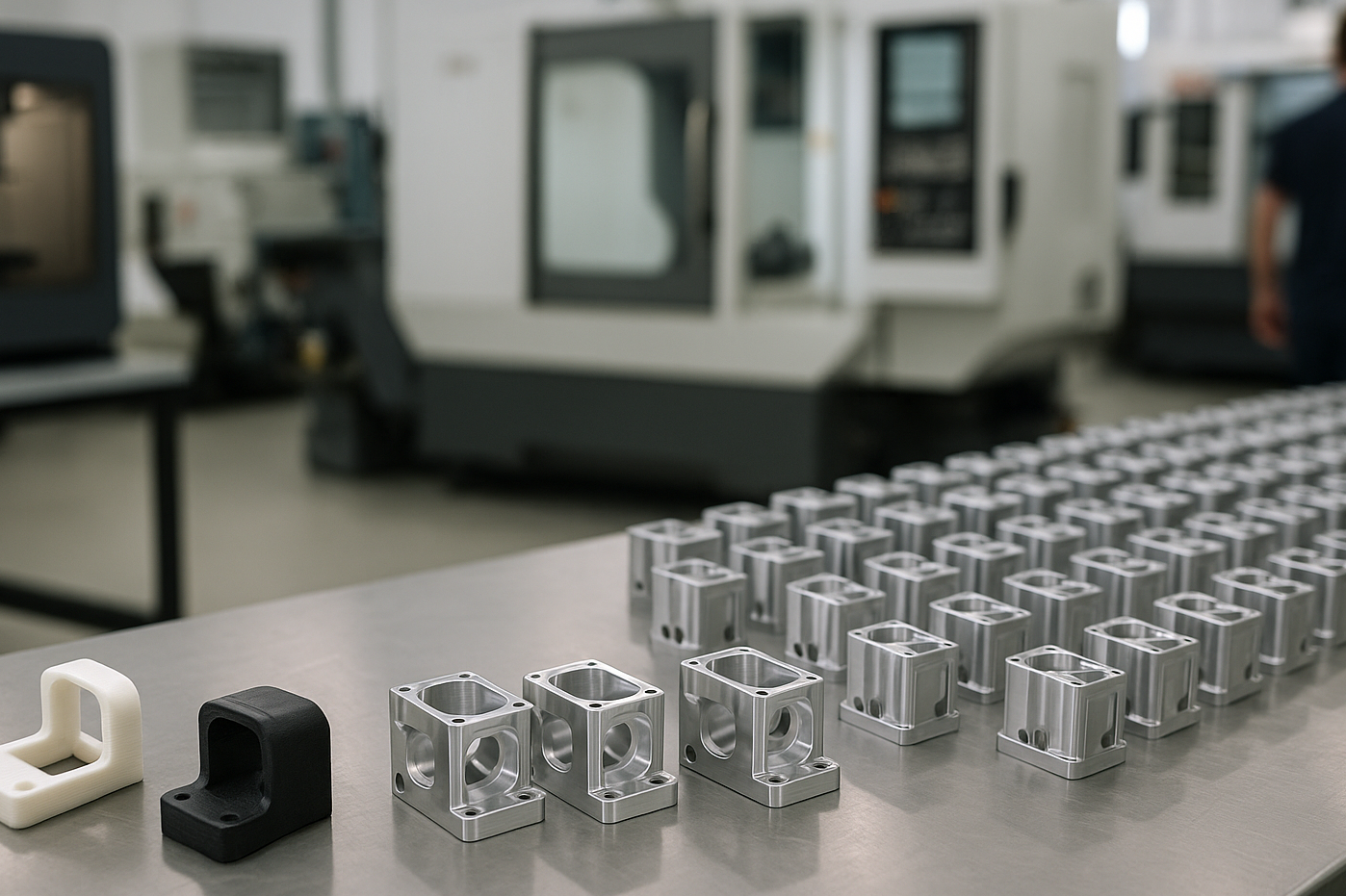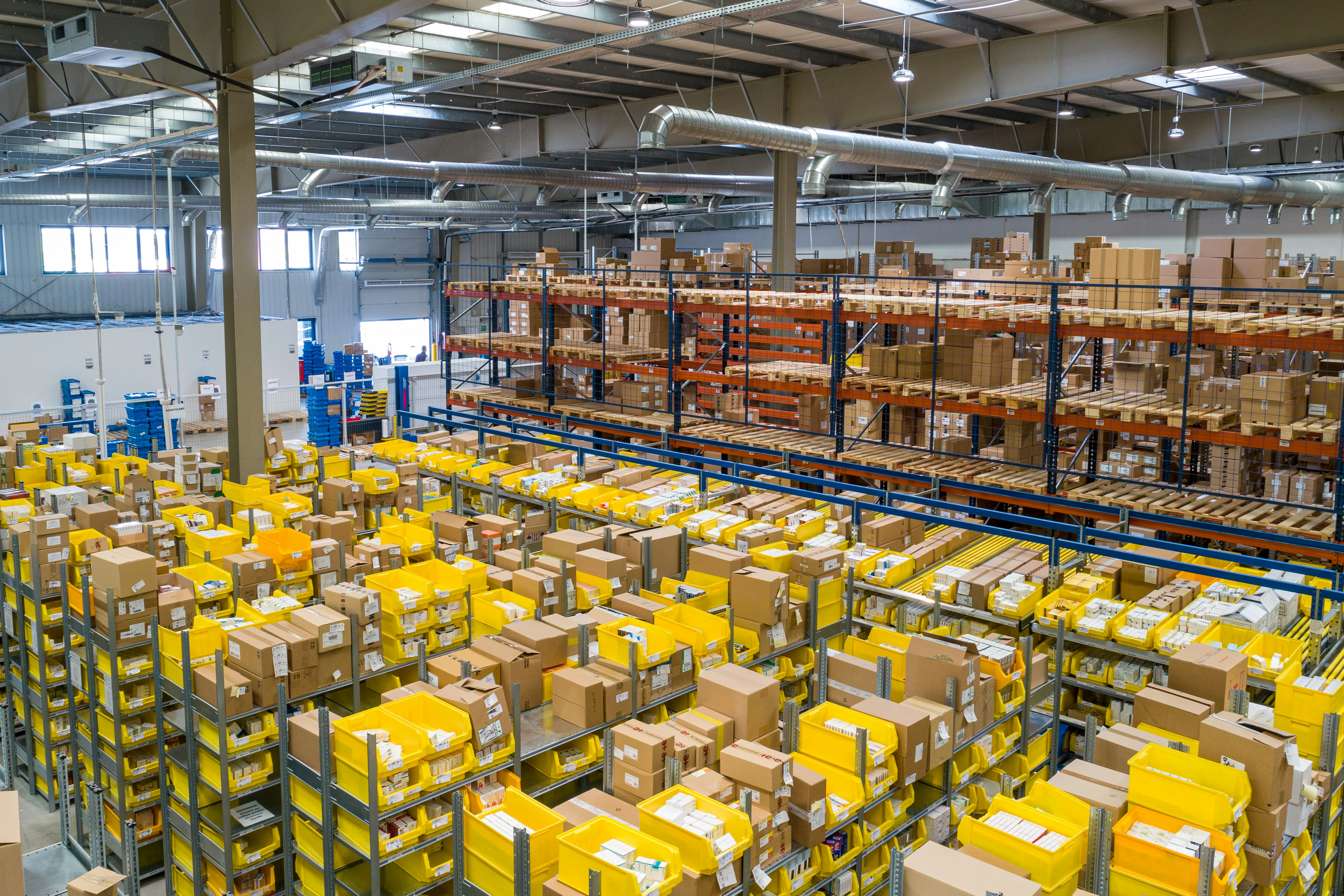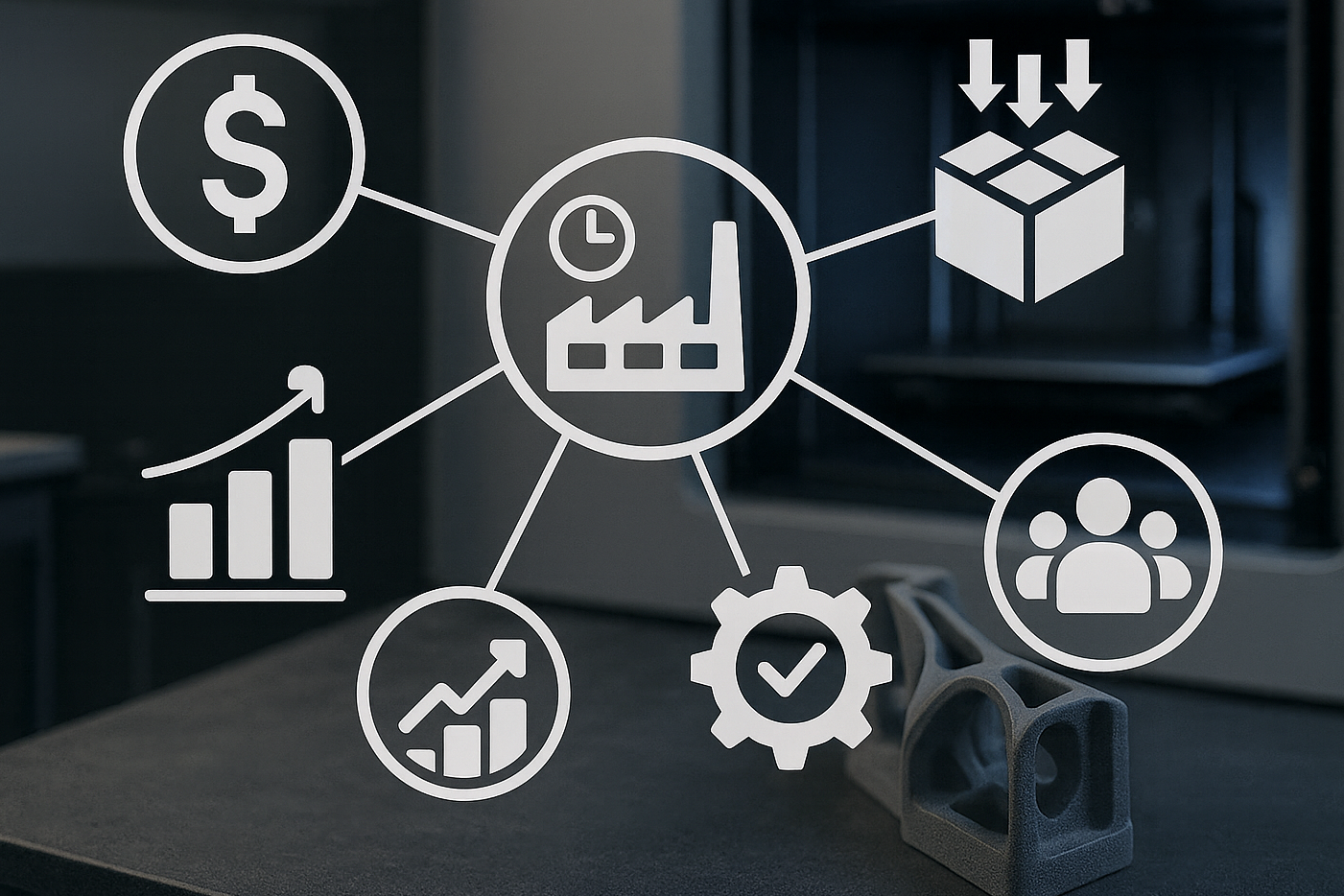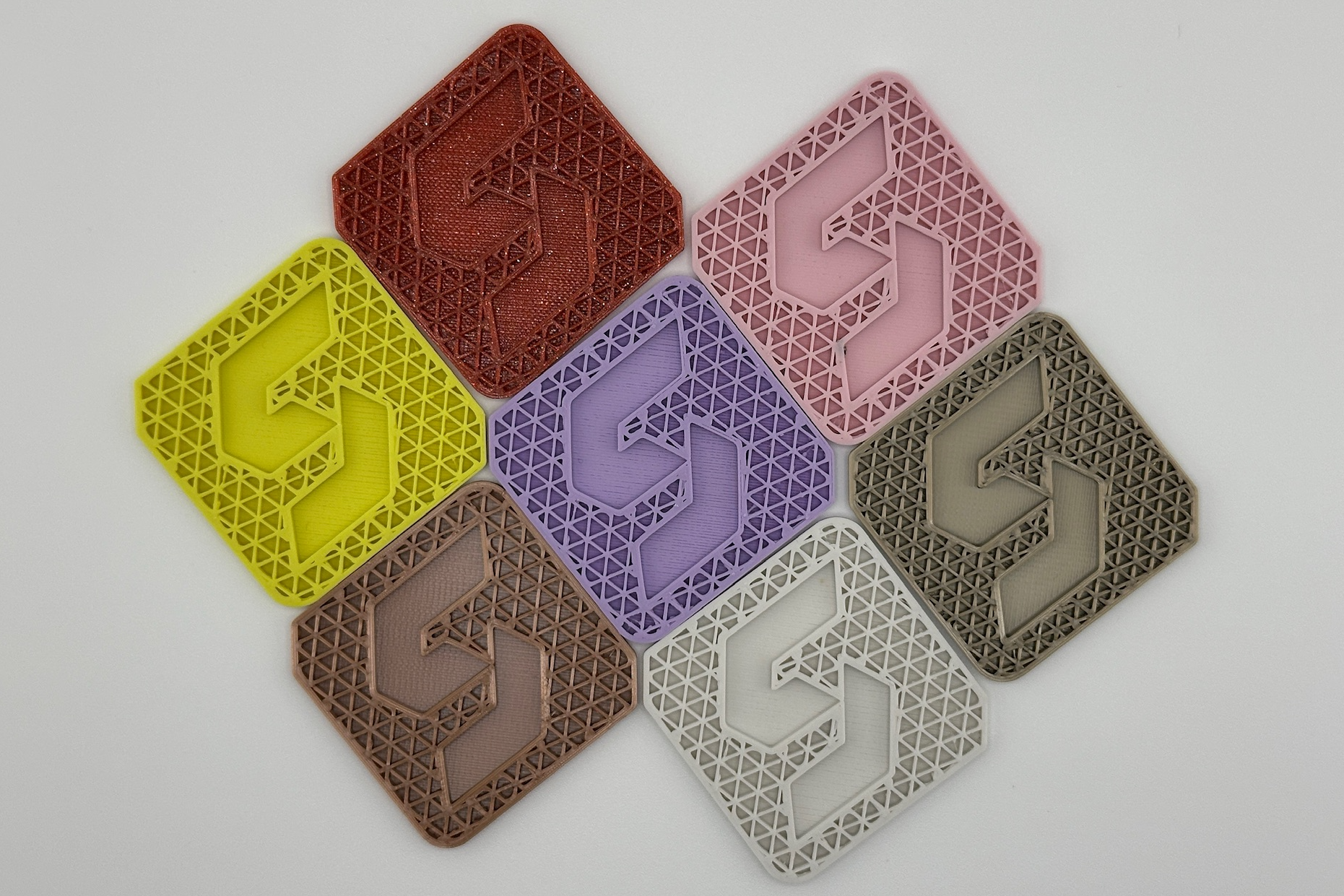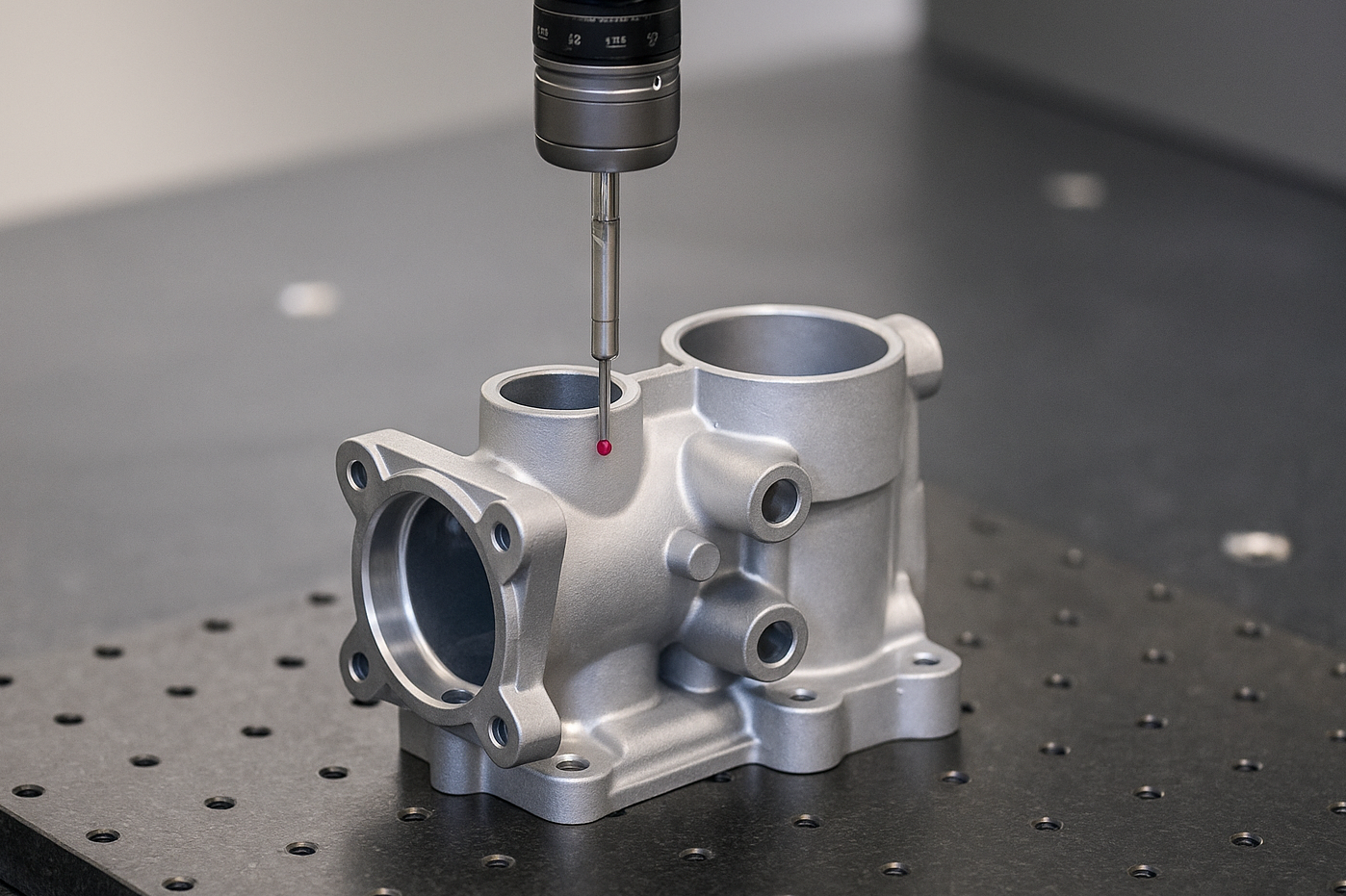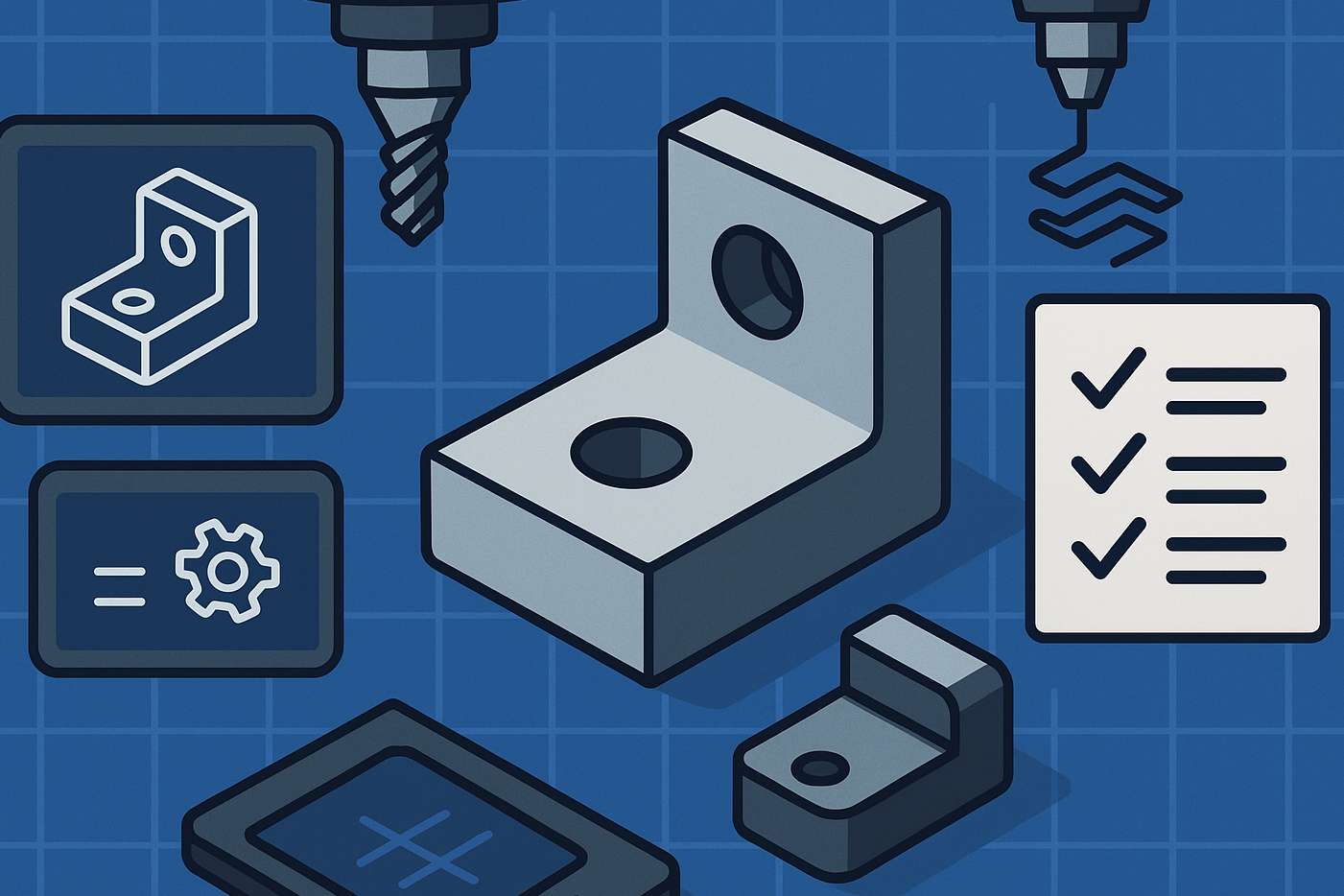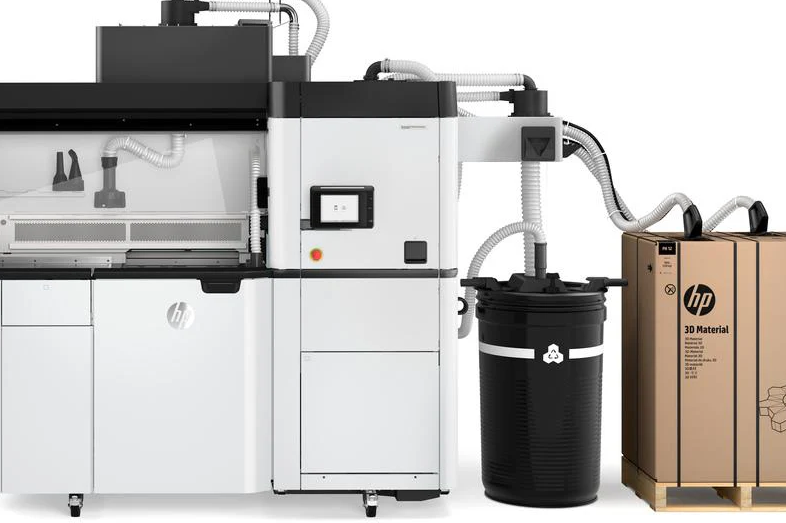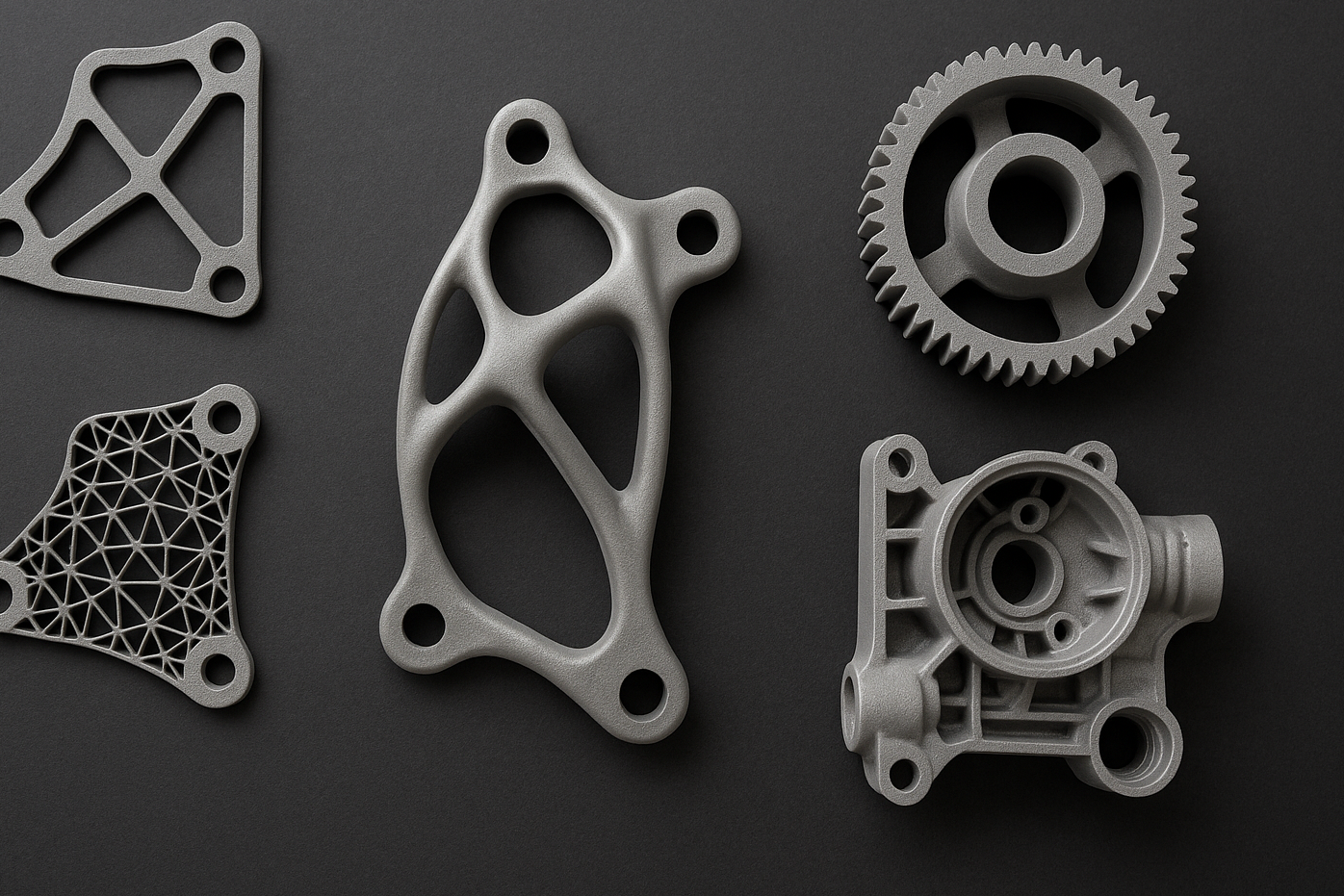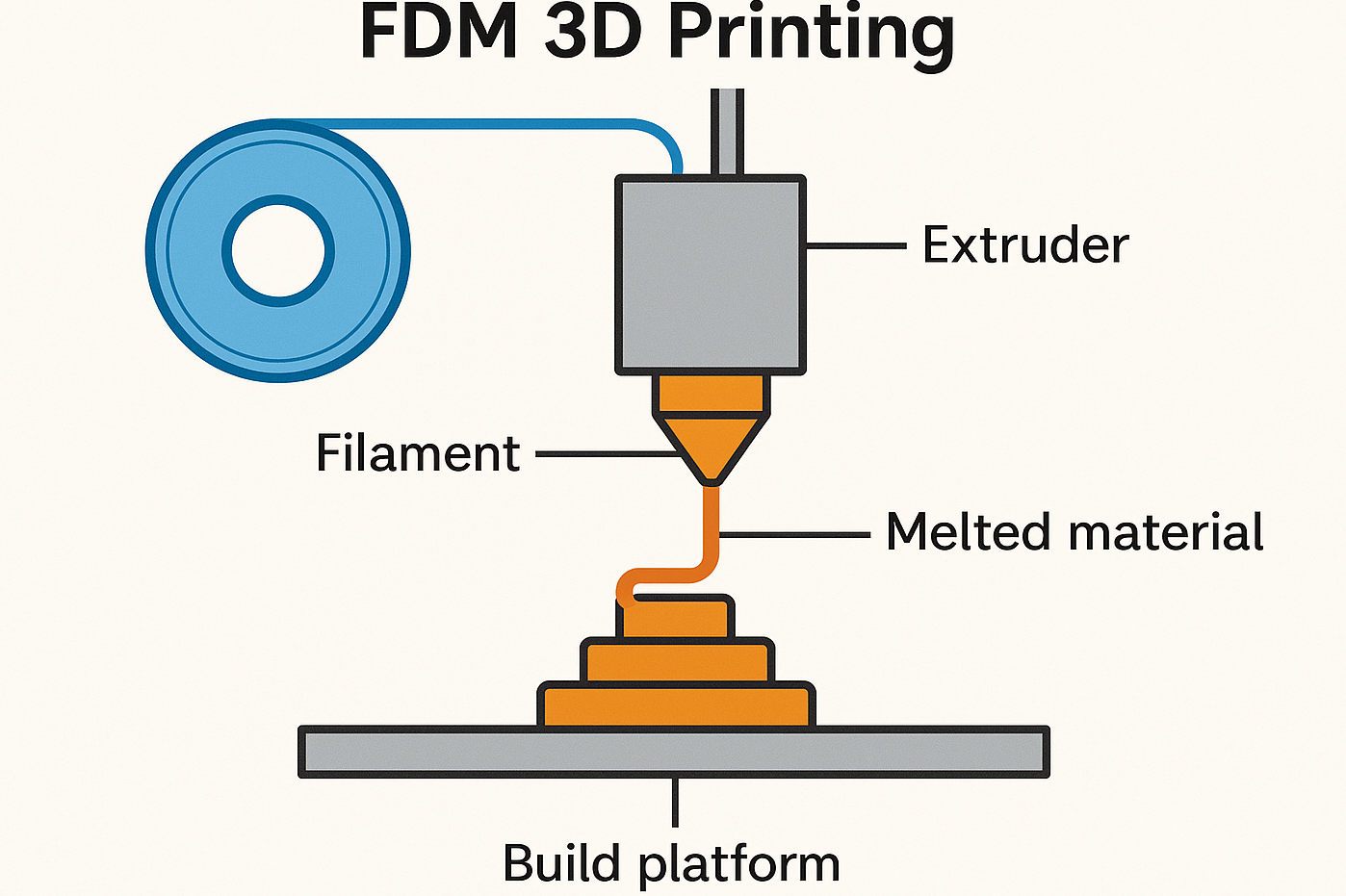
- Home
- About Us
-
Industries
-
Resources
- Contact Us
Blogs and Articles
Read the latest blogs and articles and stay informed on all things Simple Machining
Sign up for the newsletter:

Scaling with On-Demand Manufacturing for Startups and SMBs
Read the Article 5 minute read
5 minute read
 September 15th
September 15th
Scaling Without Risk: On-Demand Manufacturing for Startups and SMBs
Read the Article 6 minute read
6 minute read
 August 25th
August 25th
How Overlooking Tolerances Can Sink Your Machining Project
Read the Article 4 minute read
4 minute read
 August 4th
August 4th
DFAM Done Right: A Practical Playbook for Modern Product Development
Read the Article 6 minute read
6 minute read
 July 28th
July 28th
Is MJF Right for Your Project? Everything You Need to Know
Read the Article 11 minute read
11 minute read
 July 14th
July 14th
Your Guide to SLS: Advantages, Materials, and Best Practices for Product Teams
Read the Article 9 minute read
9 minute read
 July 7th
July 7th

